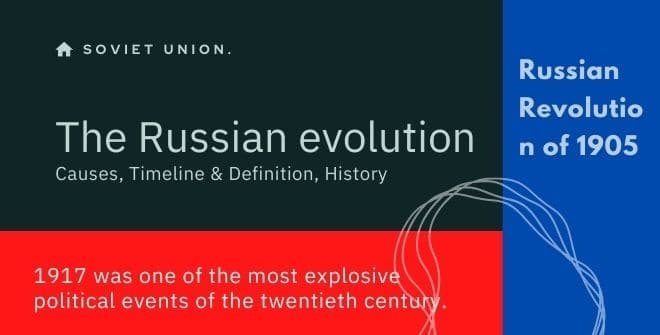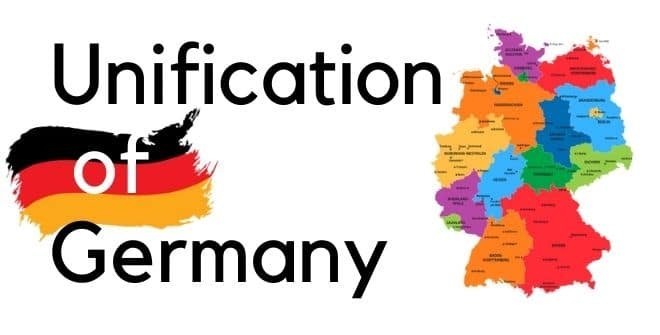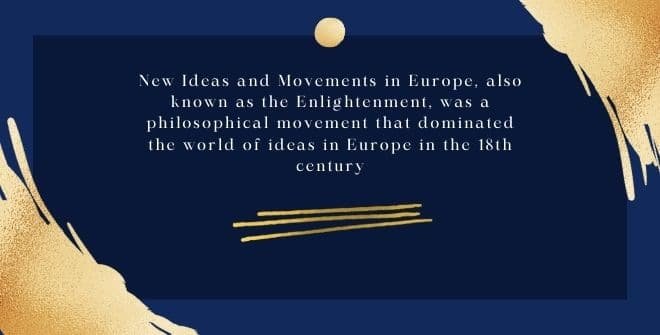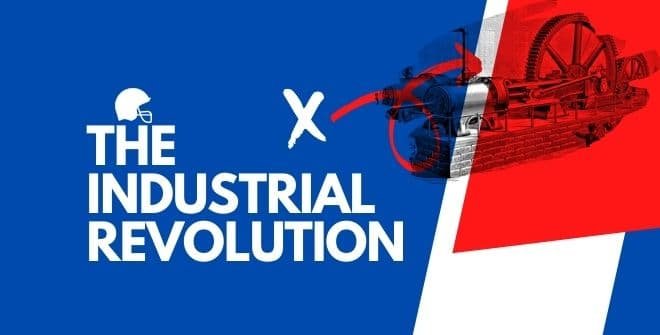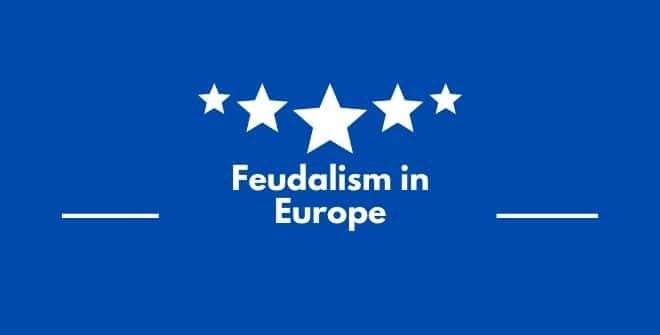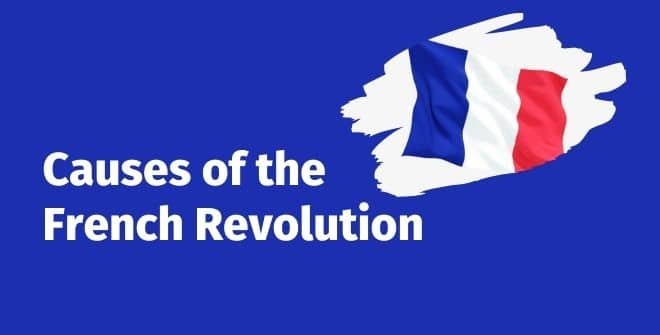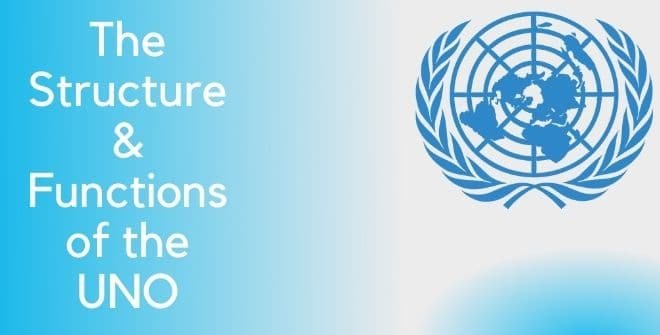Importance of Public Opinion
Importance of Public Opinion. Public opinion plays an important role in the political arena. This term, an aggregate of the individual views, attitudes, and beliefs about a particular topic, expressed by a significant proportion of a community. Meaning of Public Opinion:- Many people take public opinion as unanimity but, in fact, the public opinion goes … Read more


